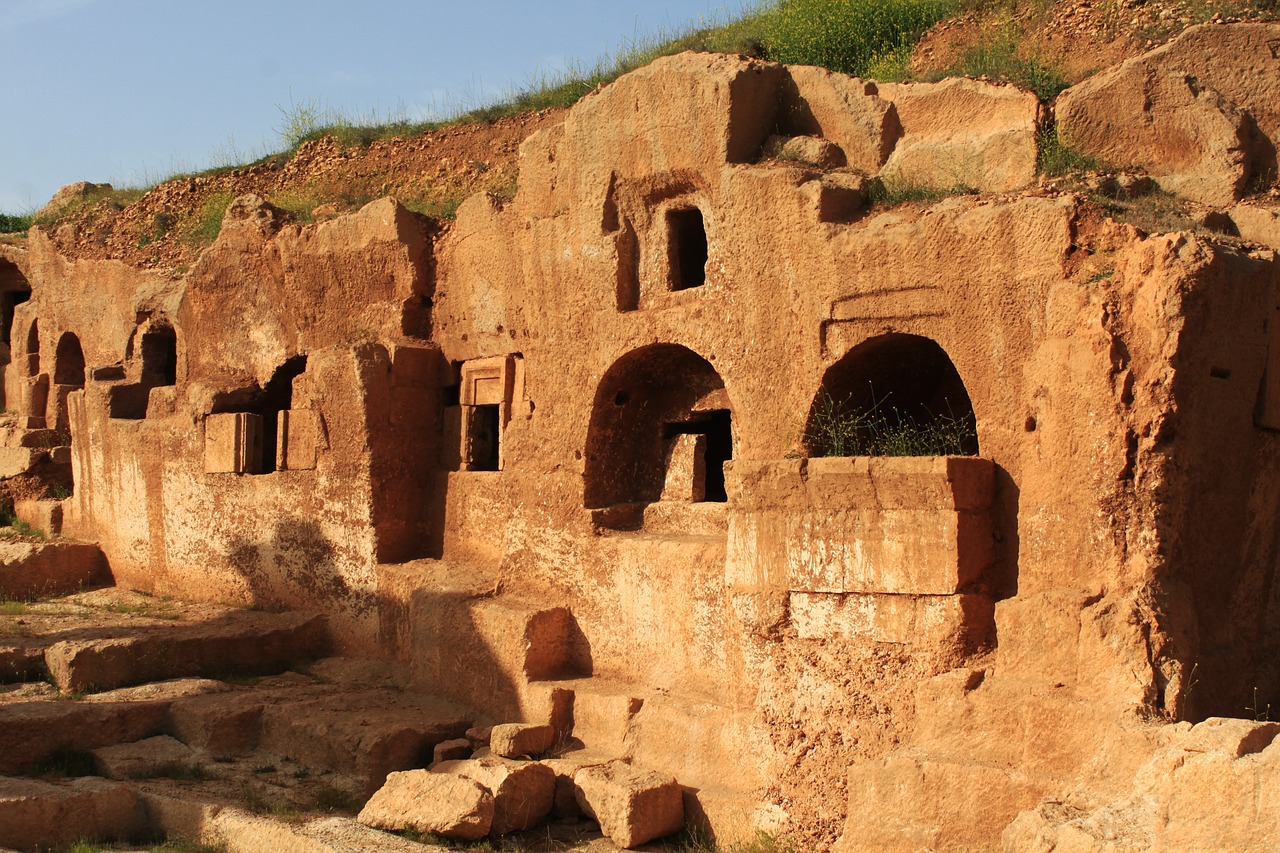One of the first civilizations appeared in Egypt. From the written records and art left behind by the Egyptians, much is known about their lives. They believed that the body must be preserved so that the soul could live on after death. The great pyramids were elaborate tombs for the rich and powerful Egyptian rulers. Much Egyptian art was created for the pyramids and tombs of kings and other important people. To be absolutely certain that the soul would continue to exist, artists created images of the dead person in stone. They also reproduced scenes from a person’s life in wall paintings in burial chambers.
Egyptian fine art techniques have remained unchanged for centuries. In one method, watercolor paint was applied to clay or limestone surfaces. In another process, outlines were carved into stone walls and painted with watercolor dyes. A material called gum arabic was probably used to glue the paint to the surface. Fortunately, the dry climate and sealed tombs prevented some of these watercolor paintings from deteriorating from dampness. Many hunting scenes from the walls of the tombs at Thebes, dating from about 1450 B.C., are well preserved. They show hunters chasing birds or fish fish. These subjects can still be identified today because they were neatly and carefully painted.
The Mesopotamian civilization, which lasted from 3200 to 332 B.C., was located in the valley between the Tigris and Euphrates rivers in the Middle East. Houses in Mesopotamia were built primarily of clay. Because clay is softened by rain, their buildings crumbled into dust, destroying any wall paintings that might have been very interesting. What survived were decorated pottery (painted and fired) and colorful mosaics. Although mosaics cannot be regarded as paintings, they are often influenced by them.
